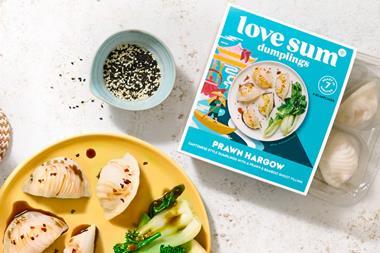Petfood sales are holding up despite a fall off in pet ownership as people spend more on pampering their furry friends - or putting them on diets.
Volume sales of petfood dropped 2.2% in the year to 12 August, according to TNS Worldpanel data produced for The Grocer, confirming fewer people are keeping animals. However, the market grew 1.8% in value to £1.6bn over the same period, driven by increasing demand for premium products - particularly in catfood.
Separate IRI data shows the emerging super-premium catfood category is now worth more than £11m per year, reflecting value growth of 50% a year [multiple grocers, 52 w/e August 2007].
Key petfood players have launched premium products to take advantage of this trend. "The more emotionally involved owners are with their animals, the more they are willing to spend," said Andrew Harding, customer development director at Nestlé Purina, which makes the Gourmet and Felix ranges. "They are prepared to pay extra to form that relationship with their pet."
Convenience is also driving growth. Sales of pouch formats increased for both cat and dogfoods by 16.1% and 13.7% respectively, according to TNS.
Health concerns are also helping to drive petfood sales. Half of dogs and up to a fifth of cats are classed as obese, which is leading to a growing demand for healthier foods and diet products.
"Trends in human lifestyles are being replicated in the petfood and care sector, which bodes well for the future of the category as the possibilities are endless," said Nisa trading controller Asa Chamberlain.
The rise in value sales comes despite a drop in pet ownership from 55% of shoppers in 1992 to 44% this year, according to British Market Bureau figures. Dog ownership has been particularly hard hit, falling from 28% to 20%. Cats are now the most popular pet, though ownership has dropped from 24% to 22%.
Focus on Petfood p39













No comments yet